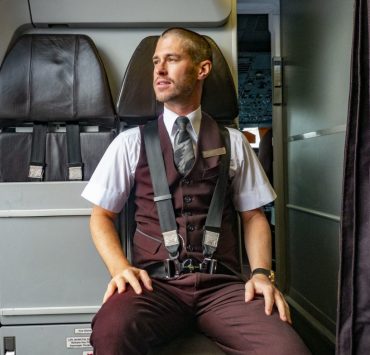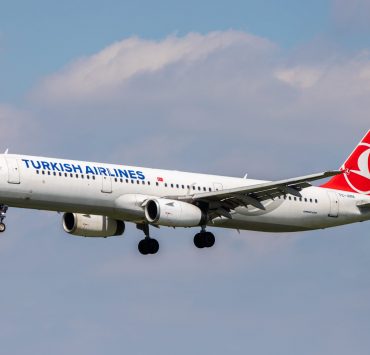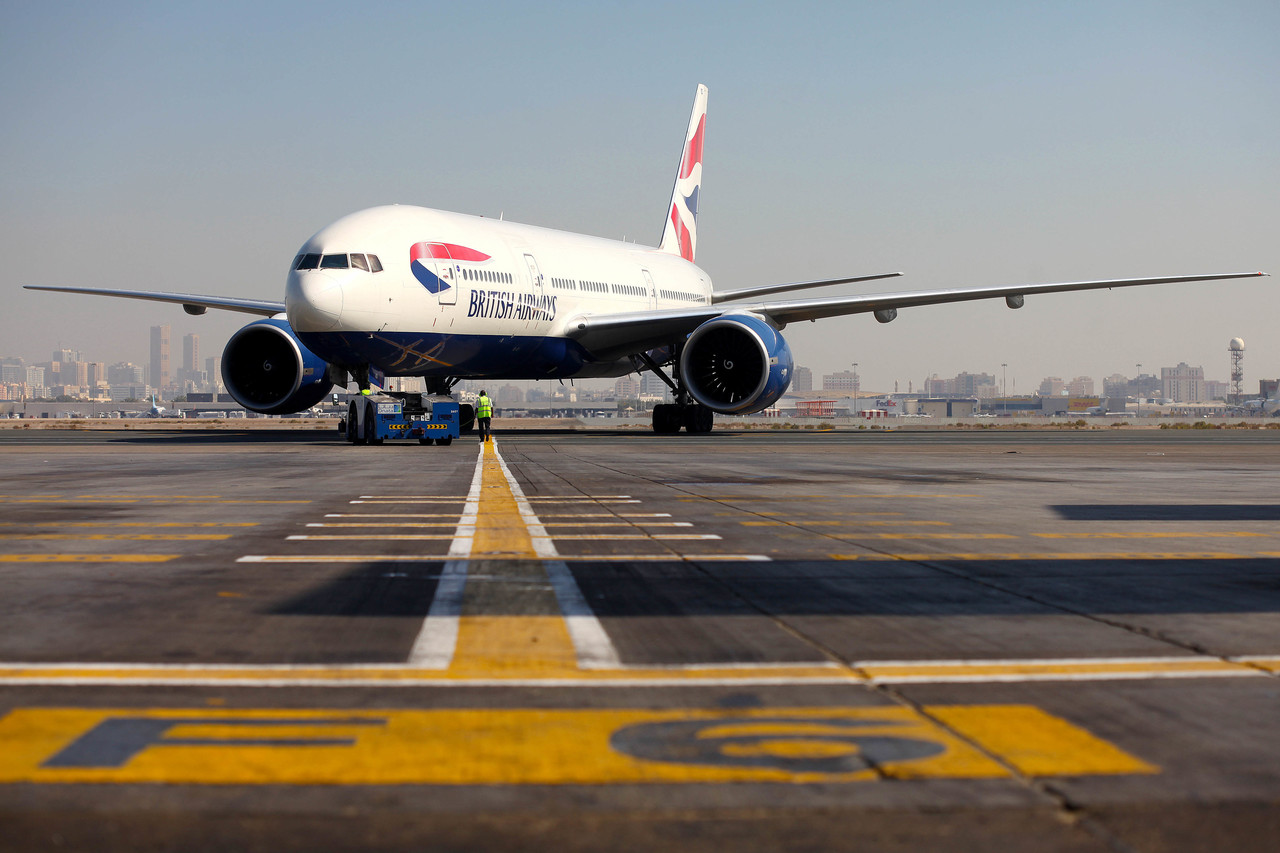
- Five fume events reported on the same Boeing 777 within just two months
- Pilots reported smelling a cheesy, oily smell in the flight deck
- Engineers couldn’t replicate the problem so the plane carried on flying
- The same problem occurred on several other occasions
- The cause of the fumes still hasn’t been established
The UK’s Air Accidents Investigation Branch (AAIB) has issued a bulletin following a ‘serious incident’ in which fumes that smelt like oil or “wet dog” entered the flight deck of a Boeing 777-200 operated by British Airways. The incident followed two similar incidents which had affected the same plane within just seven days. Two further fume events occurred in the flight deck of the plane just over a month later.
The incident investigated by the AAIB occurred on the 3rd July on British Airways flight BA119 from London Heathrow (LHR) to Bengaluru (BLR) which had 259 passengers and 13 crew members on board. The pilots were forced to don emergency oxygen masks and dump fuel before making a priority landing back at Heathrow airport, although thankfully, no injuries were reported.
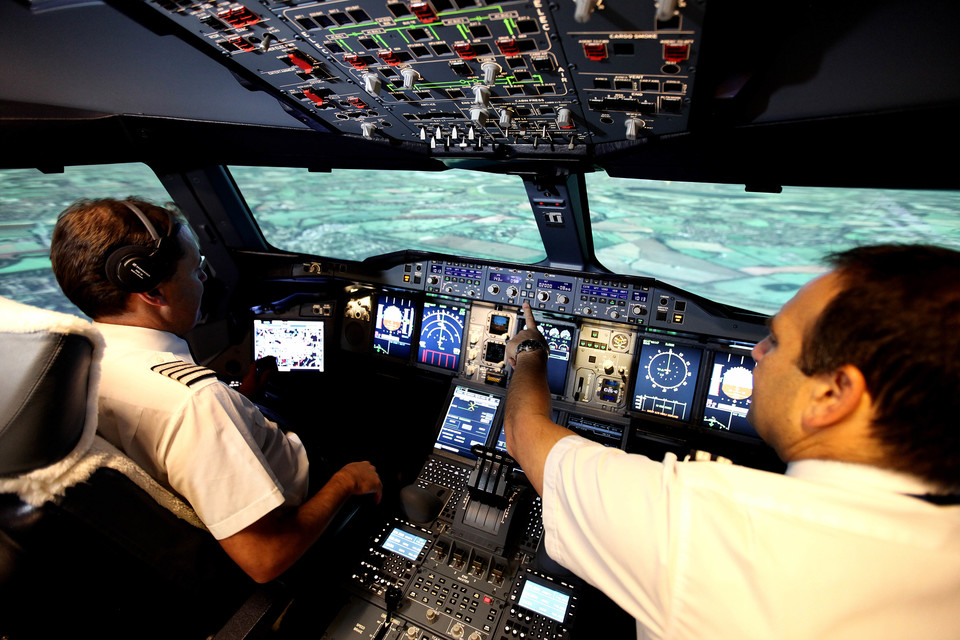
Surprisingly, one of the First Officer’s smelt fumes after the engines started up but a decision was taken to continue the flight without first calling engineers to inspect the plane. Shortly after takeoff, all three pilots reported smelling fumes that they told investigators was an “organic cheesy, oily smell” that left a metallic taste in their mouths.
The smell increased in intensity as the plane continued to climb and the First Officer donned his oxygen mask while the Commander and the third pilot assessed the situation. The purser was called to the flight deck, who confirmed he could also smell the fumes but confirmed the smell wasn’t present in the cabin.
The two remaining pilots then donned their oxygen masks and started working through an emergency checklist. One of the items on this checklist was to switch off one of the two air-conditioning ‘packs’ to see if this was the source of the fumes – but because the plane had been cleared to fly with just one of the two packs working, turning off the remaining one would of led to a decompression.
Instead, the pilots decided to jettison fuel and then land back at Heathrow. During the descent, the fumes could be smelt in the cabin around the second set of doors and between rows 1 to 5 in the cabin.
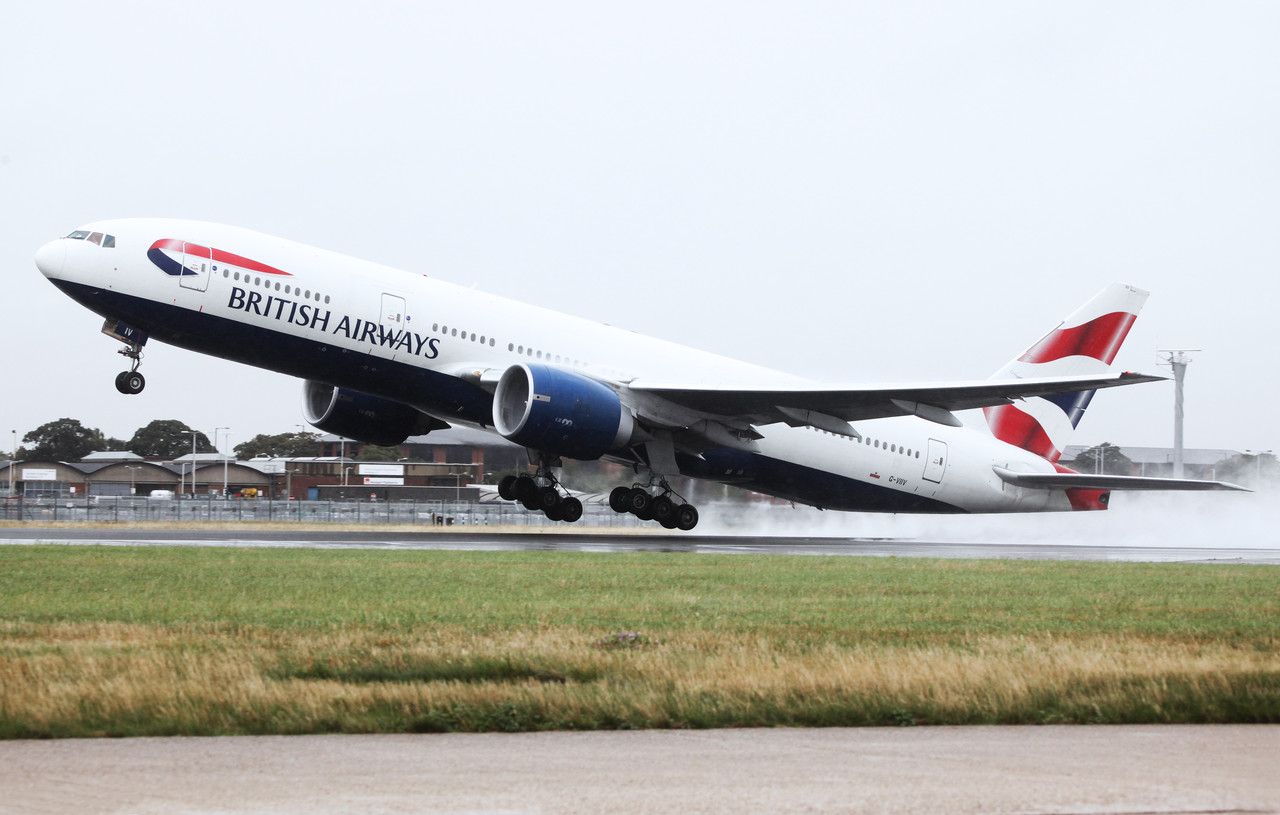
A similar incident had occurred on final approach to Heathrow after a 14-hour flight from Buenos Aires on 29th June. On that occasion, the pilots didn’t deem the situation serious enough to don oxygen masks but did report the issue to BA’s engineering department. While engineers couldn’t replicate the smell on the ground they did decide to isolate the APU bleed as the suspected source of the fumes.
Then on the 1st July, during another descent into Heathrow, the pilots reported smelling diesel fumes in the flight deck. This time, the pilots decided to don oxygen masks after experiencing a “dry, tickly throat” from the fumes.
Engineers replaced some parts in the air conditioning system and detected a smell coming from the APU and one of the air conditioning packs – they isolated these systems but allowed the plane to continue flying pending further investigation.
On both the 8th and 17th August, a similar smell was detected in the flight deck. In one case, the pilot said the smell was like “wet dog” or a “sock” smell. The presence of rotten-sock like smells is a sign of potentially toxic fumes from engine oil or lubricant.
According to the AAIB, the source of the fumes has never been established despite extensive engineering checks. The nearly 11 year old Boeing 777-200 (registration G-YMMU) continues to fly but has not been flown since 9th December after returning to Heathrow from Boston.
A spokesperson for British Airways has previously told us that the “safety of our customers and crew is always our top priority.”
“We always encourage our colleagues to tell us about any concerns they have, with reports passed onto the Civil Aviation Agency.”
The statement continued: “Every single report is thoroughly investigated, with typically 151 enginh20eering checks before an aircraft is cleared to continue flying. Fume or odour events have been found to be caused by a wide range of issues, including burnt food in the oven, aerosols and e-cigarettes, strongly-smelling food in cabin bags, and de-icing fluid.”
British Airways has offered an updated statement which can be found here.
Mateusz Maszczynski honed his skills as an international flight attendant at the most prominent airline in the Middle East and has been flying throughout the COVID-19 pandemic for a well-known European airline. Matt is passionate about the aviation industry and has become an expert in passenger experience and human-centric stories. Always keeping an ear close to the ground, Matt's industry insights, analysis and news coverage is frequently relied upon by some of the biggest names in journalism.







